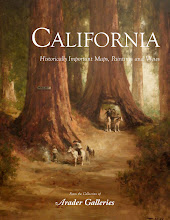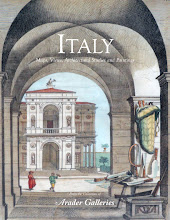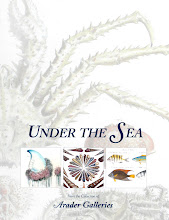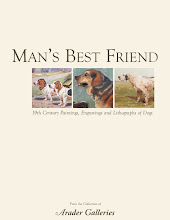
We invite you to join all of us in Jackson Square to welcome in the holiday season with our annual holiday walk. Enjoy a leisurely evening strolling through historic Jackson Square exploring the fascinating world of art, antiques and design amidst the glow of our holiday lights and good cheer!
Thursday, December 4th
5 p.m. - 8 p.m.
Historic Jackson Square, San Francisco
Shops are located on Jackson Street between Columbus and Sansome, Gold Street, and Sansome Street between Jackson and Battery.
This event is invitation only.
For more information, please visit the San Francisco Jackson Square web site.
Thursday, December 4th
5 p.m. - 8 p.m.
Historic Jackson Square, San Francisco
Shops are located on Jackson Street between Columbus and Sansome, Gold Street, and Sansome Street between Jackson and Battery.
This event is invitation only.
For more information, please visit the San Francisco Jackson Square web site.
















